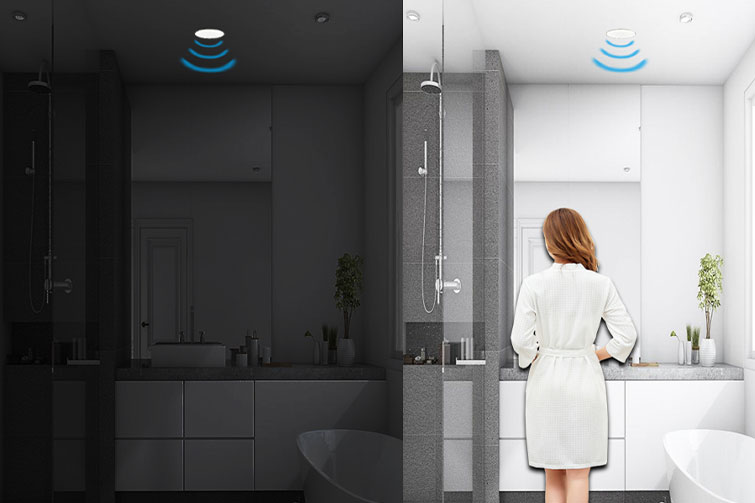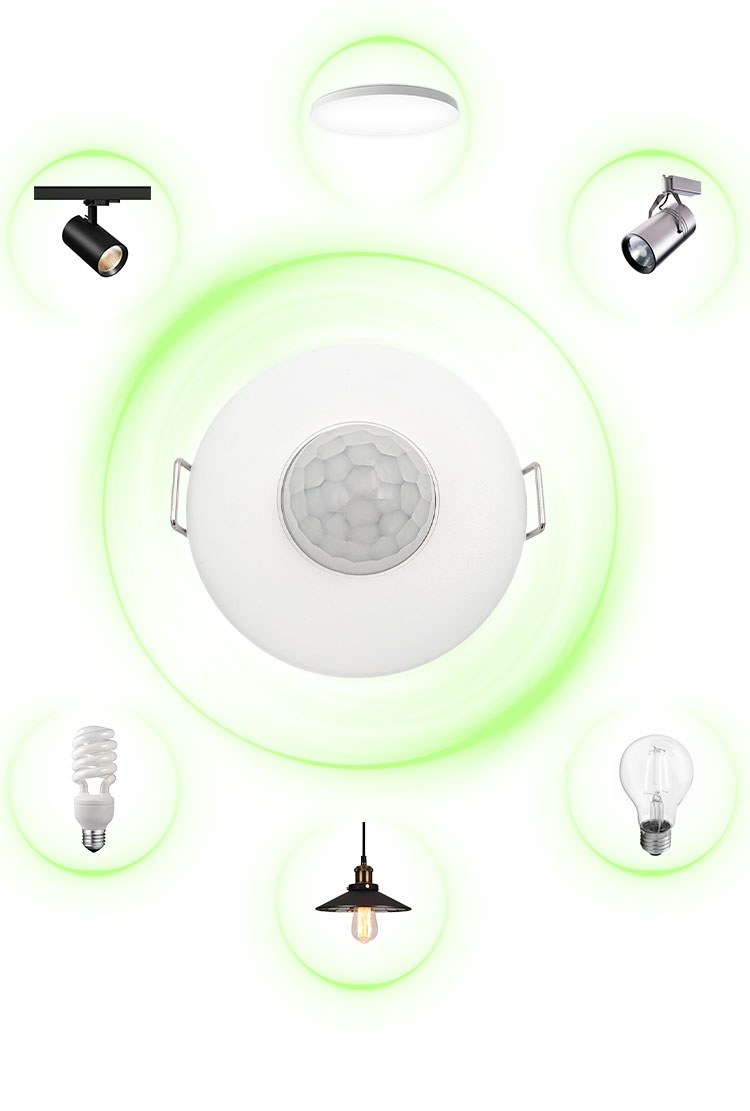

How Sensors Work: Understanding the Mechanisms Behind Sensor Technology
Sensors are devices that detect and respond to changes in their environment, and they play a pivotal role in modern technology, from household gadgets to advanced industrial machinery. The primary function of sensors is to sense, measure, and relay data to other systems for monitoring, recording, or automating tasks. This article explores how sensors work, diving into different types of sensors and the principles that allow them to detect various physical and chemical properties.
1. What is a Sensor?
A sensor is a device designed to detect a specific form of input from its surroundings, including light, heat, motion, moisture, or chemical composition. When exposed to the target stimulus, a sensor converts it into an output signal, typically an electrical signal, that can then be interpreted by a controller, computer, or display. Sensors allow machines to interact with the real world by providing them with crucial data needed for function and decision-making.
2. How Sensors Operate
Most sensors operate on a basic principle: detecting a change in the physical environment and converting that change into a measurable electrical signal. This process generally involves the following stages:
- Detection: The sensor detects a change or presence of a specific stimulus, such as heat, light, or pressure.
- Transduction: The sensor converts the detected change into an electrical signal. Transduction is a crucial step and varies widely between sensor types.
- Output: The converted signal is then transmitted as an output, which can be read or processed by a connected system, such as a computer or microcontroller.
The type of signal varies depending on the application, ranging from analog to digital outputs.
3. Types of Sensors and Their Working Principles
There are numerous types of sensors, each tailored to detect specific variables. Below are some commonly used sensor types and how they work:
a) Temperature Sensors
Temperature sensors detect changes in heat energy and convert them into a readable format, such as a voltage or current. The two most common types of temperature sensors are:
- Thermocouples: These sensors consist of two different metal wires joined at one end. When exposed to temperature changes, they produce a voltage due to the thermoelectric effect, which corresponds to the temperature.
- Thermistors: Made from semiconductors, thermistors change resistance with temperature. An increase in temperature generally lowers the resistance in a thermistor, allowing it to measure temperature changes with precision.
b) Light Sensors
Light sensors, like photodiodes and phototransistors, detect light intensity and convert it into an electrical current.
- Photodiodes operate by generating current in proportion to the light intensity falling on the diode. The brighter the light, the stronger the current generated.
- Photoresistors (also known as LDRs) reduce their resistance when exposed to more light, allowing more current to pass through and thus detecting changes in light levels.
Light sensors are widely used in cameras, street lighting systems, and display brightness adjustments.
c) Motion and Proximity Sensors
Motion sensors detect physical movement or the presence of objects, often using infrared (IR), ultrasonic, or radar waves.
- Infrared Sensors: These sensors detect IR radiation emitted by objects, especially heat-producing objects like humans. When a person or object moves within the detection range, the change in IR levels is detected, triggering the sensor.
- Ultrasonic Sensors: Ultrasonic motion sensors emit sound waves at a high frequency and measure the time it takes for these waves to reflect off nearby objects and return to the sensor. This technique is useful for proximity detection and range-finding.
d) Pressure Sensors
Pressure sensors measure the force exerted on an area, converting it into an electrical signal. These sensors are usually built with materials that deform under pressure.
- Piezoelectric Sensors use materials that produce an electrical charge when mechanically deformed. As pressure changes, the deformation of the piezoelectric material changes the electrical output, which corresponds to the pressure applied.
- Strain Gauge Sensors change their electrical resistance when stretched or compressed, allowing them to measure pressure indirectly.
e) Chemical Sensors
Chemical sensors detect chemical compounds in gases or liquids, often used in applications like air quality monitoring or medical diagnostics.

4. Signal Conditioning and Processing
Once a sensor has detected a stimulus and produced an electrical signal, the signal often needs to be conditioned before it can be accurately read or processed. Signal conditioning may involve amplifying, filtering, or converting the signal. In the case of analog sensors, the signal may also need to be converted to digital form for digital processors or computers. Signal processing techniques ensure that the sensor’s output is clean, accurate, and ready for use in real-world applications.
5. Applications of Sensors in Everyday Life
- Automotive Industry: Cars use sensors for monitoring engine conditions, fuel levels, tire pressure, and even the environment for features like collision avoidance.
- Healthcare: Medical devices such as blood glucose meters, ECG monitors, and temperature thermometers rely heavily on sensors.
- Smart Homes: Sensors enable automation in smart homes, such as adjusting lighting, temperature, and even home security systems based on real-time data.
- Industrial Automation: Sensors are crucial in manufacturing for monitoring machinery, quality control, and ensuring safety.
6. Future Trends in Sensor Technology
Sensor technology is continually advancing, driven by the demand for more efficient, accurate, and miniaturized devices. Some of the future trends in sensor technology include:
- Miniaturization: As electronic devices become smaller, sensors are also shrinking in size, enabling integration in compact devices like smartphones, wearables, and IoT devices.
- Wireless Connectivity: Many sensors now include wireless communication capabilities, allowing them to transmit data without physical connections, which is crucial for IoT and remote applications.
- Enhanced Sensitivity: Advances in materials and designs are leading to sensors with higher accuracy and sensitivity, suitable for detecting subtle environmental changes or lower concentrations of chemical compounds.
- Machine Learning Integration: Machine learning algorithms are being integrated with sensor data processing, enabling smart systems that can recognize patterns, predict outcomes, and adapt to changing conditions.
Conclusion
In summary, sensors play a critical role in modern technology by detecting changes in the physical world and converting these changes into actionable signals. The mechanisms behind sensor functionality vary widely, from the thermoelectric principles of temperature sensors to the optical effects utilized in chemical sensors. As sensor technology continues to evolve, it will become even more integral to industries, enhancing automation, accuracy, and connectivity in ways that make our daily lives safer and more efficient.








